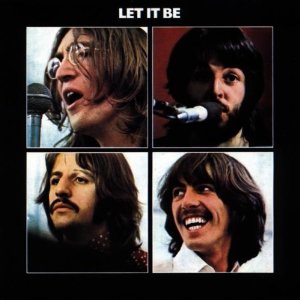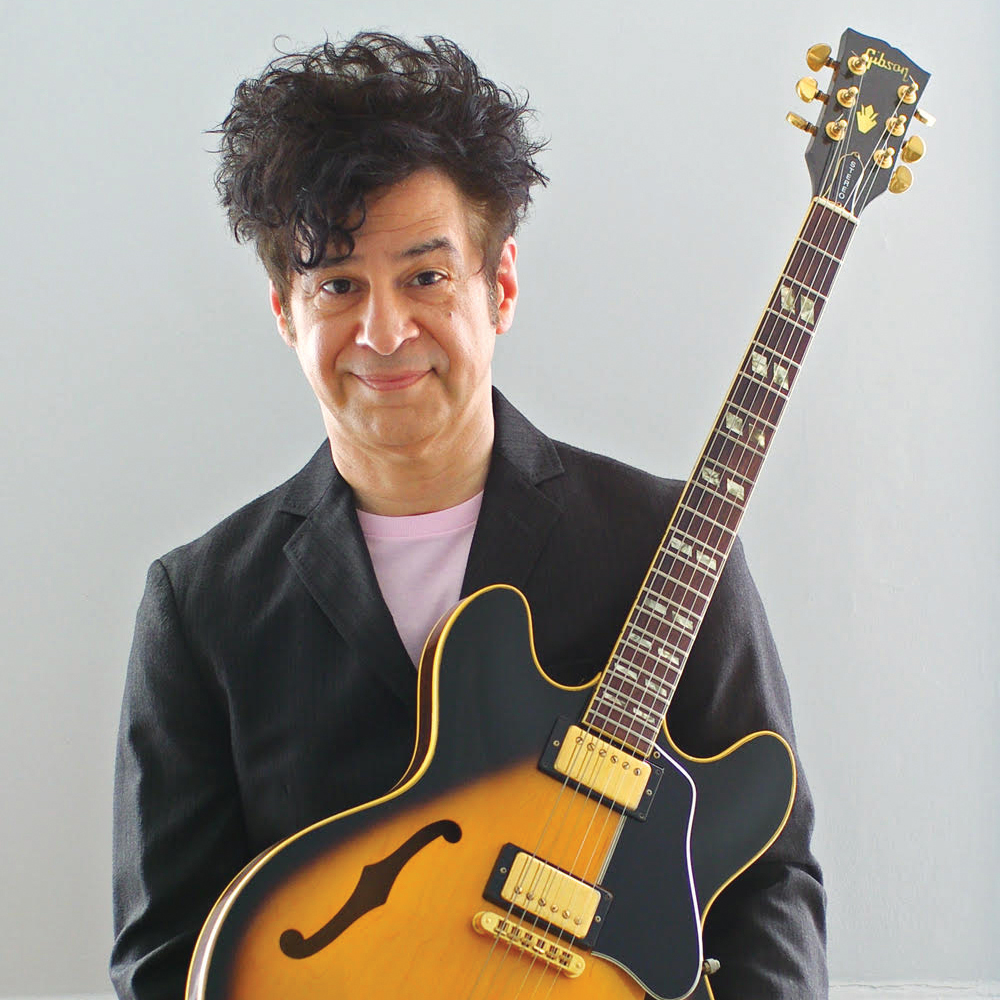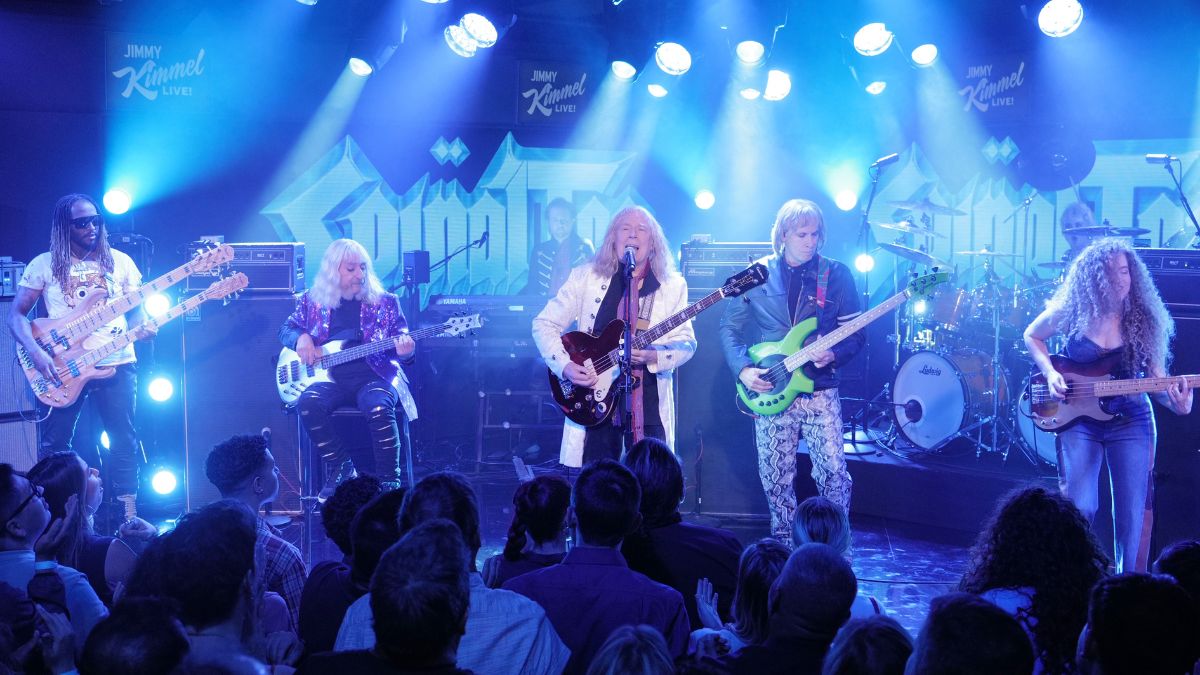Song Facts: The Beatles — "Let It Be" (Both Versions)

Attentive Beatles fans who purchased Let It Be when it came out in May 1970 noticed something very different about the album version of the title track: The guitar solo was markedly changed from what they'd heard on the "Let It Be" single released two months earlier.
The reason was down to the producers: the 45-rpm version was produced by George Martin; the album version was produced by Phil Spector. The track began life at Apple Studios on January 31, 1969, the last day of the Get Back sessions.
It originally featured McCartney on piano and lead vocals, Harrison playing his Stratocaster through his Leslie cabinet, Lennon on Fender Bass VI, Billy Preston on organ and Ringo on drums. Lennon and Harrison provided backing vocals. On April 30, Harrison wiped his Stratocaster part, recording over it using his rosewood Telecaster, also played through his Leslie.
Nothing more was done with the track until January 4, 1970. With Let It Be finally slated for release, McCartney, Harrison and Starr began to select tracks and fix numerous problems with the performances. On this day, George Martin had McCartney replace Lennon's clumsy bass work with a new bass track. He also added new harmony vocals from Harrison and McCartney, brass, cellos, additional drums and percussion, and a new and cutting guitar solo from Harrison, played on his Les Paul, nicknamed Lucy.
This new solo and the solo from April 30, 1969, existed side by side on the eight-track master tape. When Martin mixed the song for the single, he favored the April 30 solo (although the original Strat solo from January 31, while erased on April 30, can be heard buried in the mix, perhaps from having leaked onto the track of another instrument).
Martin also placed the cello and brass overdubs lower in his mix. His version of the song clocked in at 3:52. Phil Spector did precisely the opposite for the album version, raising the cello and brass in his mix and placing Harrison's Les Paul solo from January 4, 1970, in the spotlight. (The original Strat solo can again be heard, as on the Martin mix.) Spector also extended the song's length by splicing in a third chorus of the "Let it be, let it be ... " refrain, bringing his version of the song to 4:03.
RECORDED: January 31,1969, Apple Studios; April 30, 1969, Abbey Road Studio Three; January 4, 1970, Abbey Road Studio Two
All the latest guitar news, interviews, lessons, reviews, deals and more, direct to your inbox!
SINGLE VERSION:
ALBUM VERSION:
Christopher Scapelliti is editor-in-chief of Guitar Player magazine, the world’s longest-running guitar magazine, founded in 1967. In his extensive career, he has authored in-depth interviews with such guitarists as Pete Townshend, Slash, Billy Corgan, Jack White, Elvis Costello and Todd Rundgren, and audio professionals including Beatles engineers Geoff Emerick and Ken Scott. He is the co-author of Guitar Aficionado: The Collections: The Most Famous, Rare, and Valuable Guitars in the World, a founding editor of Guitar Aficionado magazine, and a former editor with Guitar World, Guitar for the Practicing Musician and Maximum Guitar. Apart from guitars, he maintains a collection of more than 30 vintage analog synthesizers.

